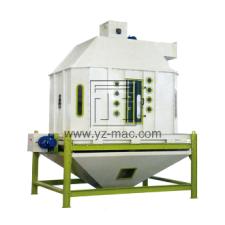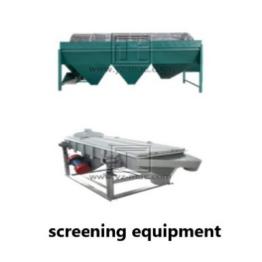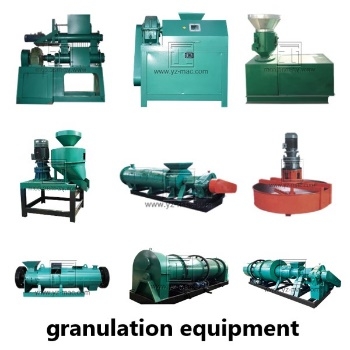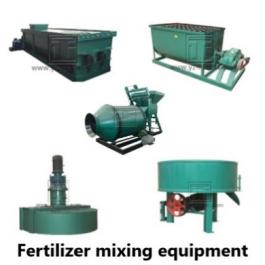Counter flow cooler
A counter flow cooler is a type of industrial cooler that is used to cool hot materials, such as fertilizer granules, animal feed, or other bulk materials. The cooler works by using a countercurrent flow of air to transfer heat from the hot material to the cooler air.
The counter flow cooler typically consists of a cylindrical or rectangular shaped chamber with a rotating drum or paddle that moves the hot material through the cooler. The hot material is fed into the cooler at one end, and cool air is drawn into the cooler at the other end. As the hot material moves through the cooler, it is exposed to the cool air, which absorbs heat from the material and carries it out of the cooler.
One of the main advantages of using a counter flow cooler is that it can provide a reliable and efficient method of cooling hot materials. The countercurrent flow of air ensures that the hottest material is always in contact with the coolest air, maximizing the heat transfer and cooling efficiency. Additionally, the cooler can be designed to meet specific cooling requirements, such as airflow rate, temperature range, and material handling capacity.
However, there are also some potential drawbacks to using a counter flow cooler. For example, the cooler may require a significant amount of energy to operate, which can result in higher energy costs. Additionally, the cooler may generate dust or other emissions, which can be a safety hazard or environmental concern. Finally, the cooler may require careful monitoring and maintenance to ensure that it is operating efficiently and effectively.







